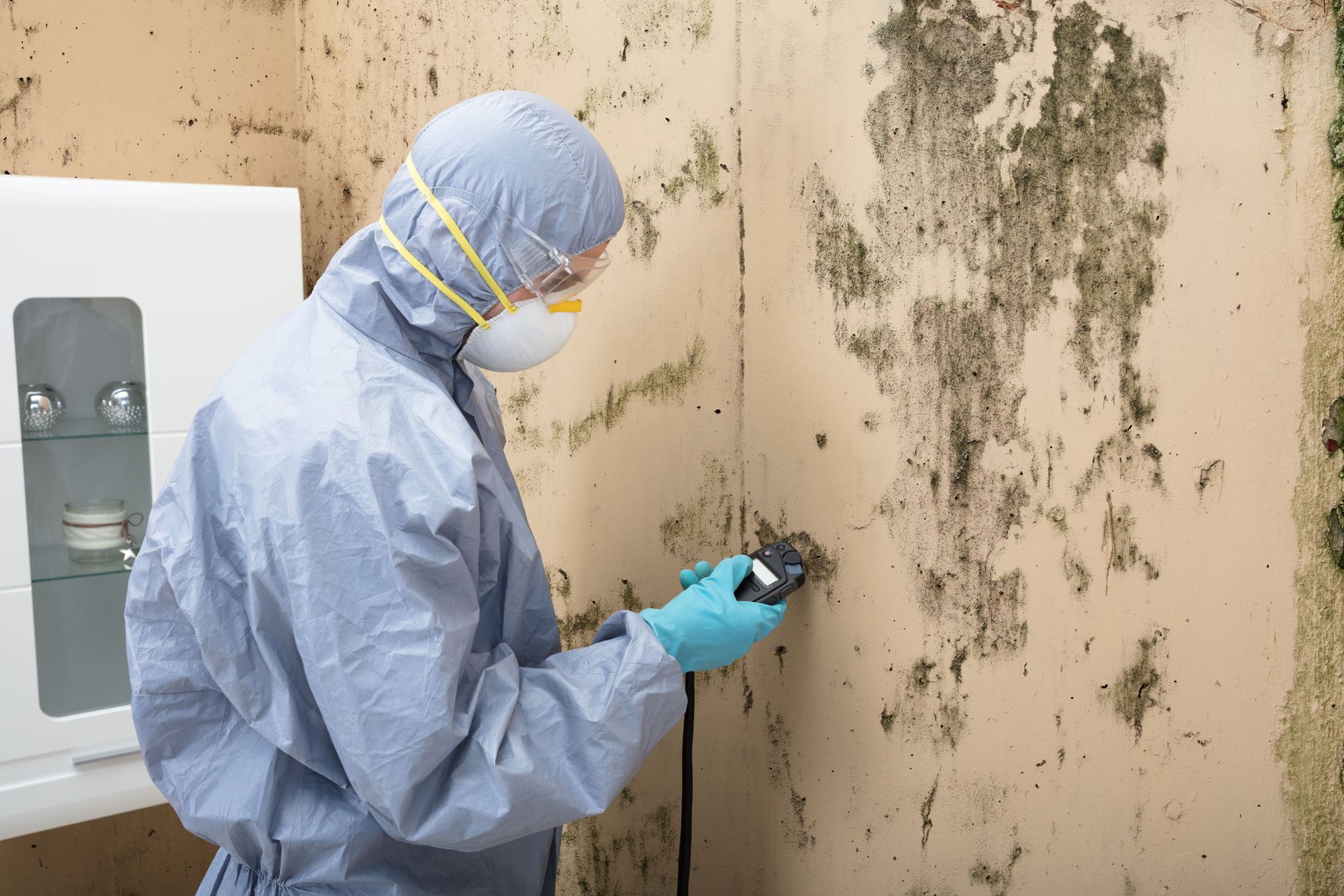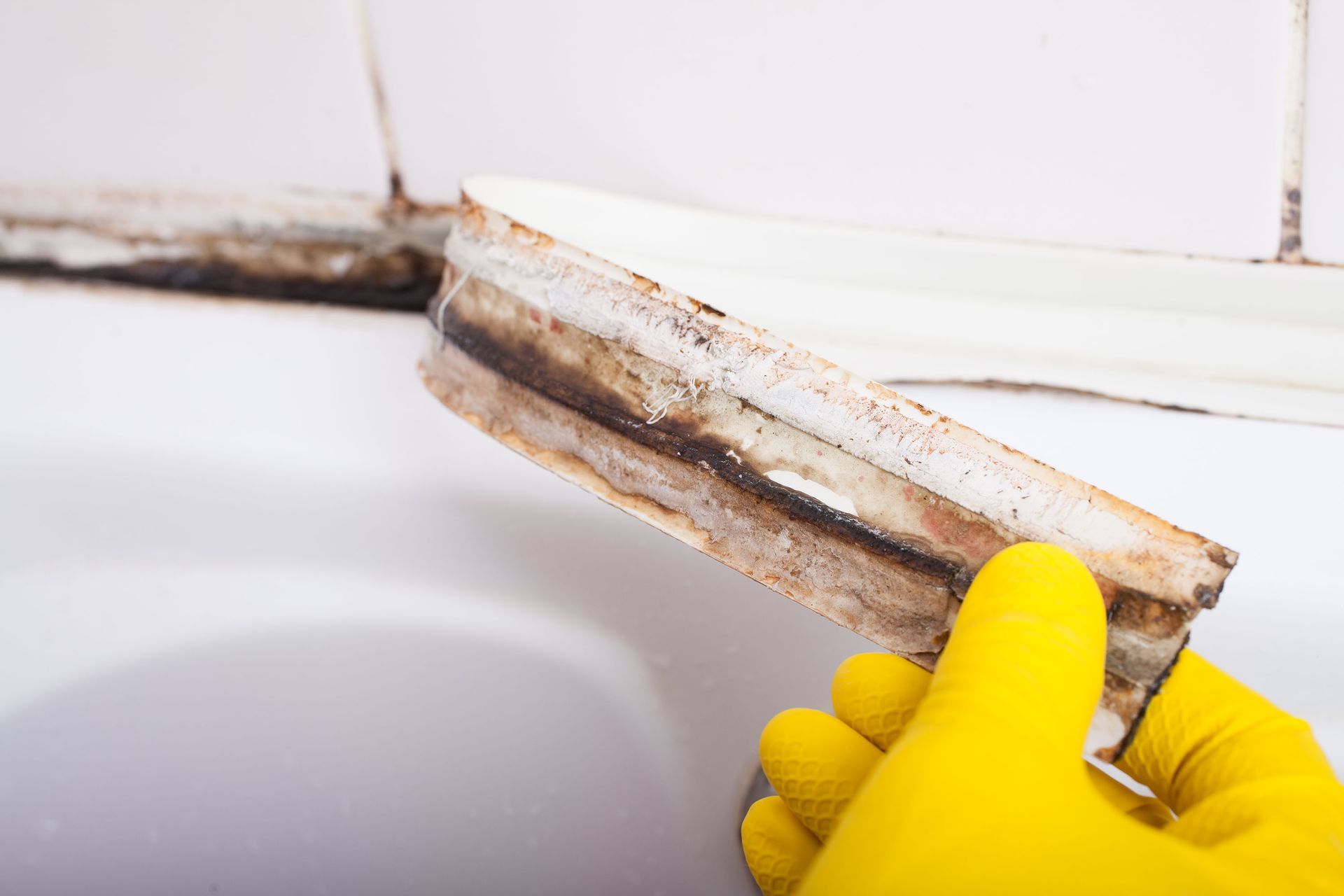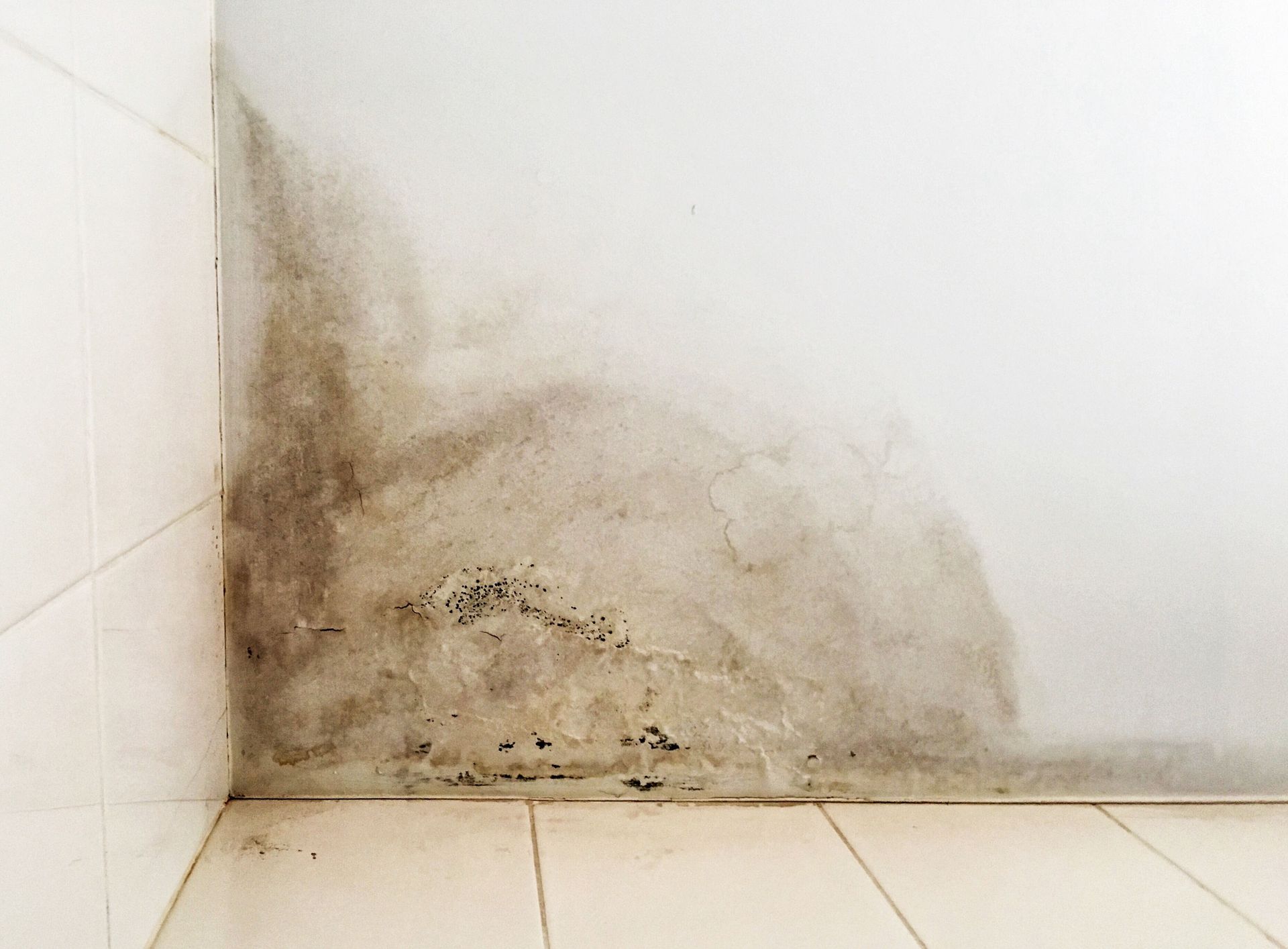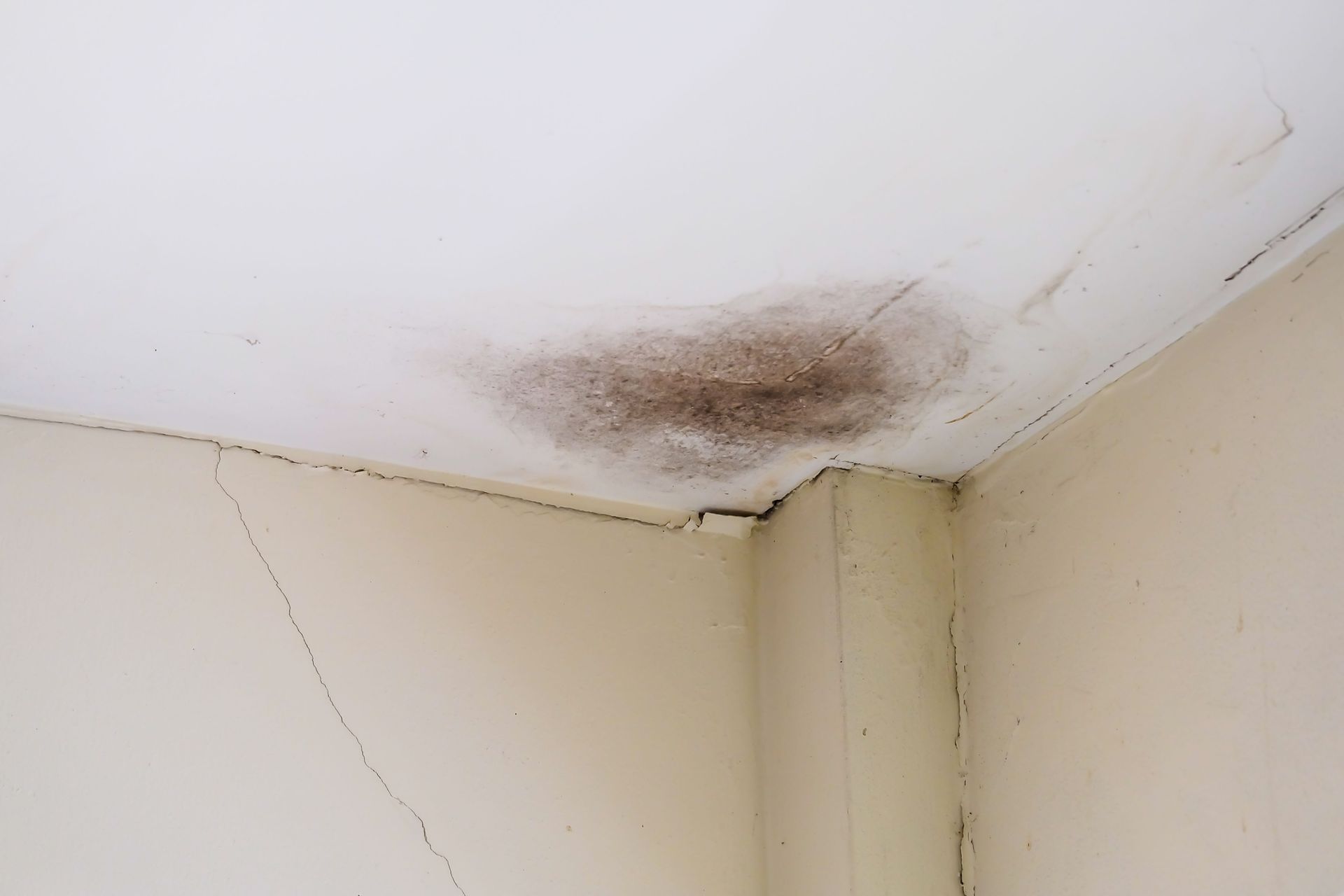Bringing Down The House, Starring Wood Rot Fungi: Now Playing in Your Home Theater

You may not know it, but there is a destructive, dynamic duo at work in millions of homes throughout the United States: Wood rot fungi and H2O. Unsuspecting homeowners have no idea how quickly this duo can substantially decompose timber frames, eventually causing them to come crumbling down. What was once a solid, safe structure can easily become hazardous to your family’s health and safety. Repairs for wood rot can be expensive. It involves more than just replacing damaged wood. Often it involves decontamination of the entire area. If the wood
rot is accompanied by toxic molds, then remediation may also be necessary. Most homeowners simply aren’t aware of, or prepared for, these costly health hazards.
Here’s why every homeowner needs to be aware of wood rot fungi:
Wood construction is used in almost 95% of all residential homes. From outside to inside many items such as beams, framing, shingles, paneling, trim, doors, floors and more, are all made of wood. Obviously, rotted wood timbers are a substantial safety hazard. What you might not know is that ALL wood is subject to rot. Rot is a natural process. It is the way nature recycles nutrients from fallen trees and forest debris. Wood rot fungi secrete enzymes that break down organic matter for food. If the conditions are right, then the fungi will reproduce at a rapid pace and before you know it, a colony can infest wood timbers and disintegrate them from the inside out. By the time most homeowners see or smell signs of a wood rot infestation, more than just the infected wood needs to be removed and replaced.
Wood can become infected with wood rot fungi prior to use in residential construction. The fungi (microscopic organisms of primitive plant life) are not able to produce their own food. They feed on organic materials abundant in nature. They reproduce by releasing millions of spores (seeds) into the air. The spores remain dormant until they find themselves in the right conditions to germinate and then begin their task of deconstruction. Since they are a plant life form, it doesn’t take much to revive them. Wood rot fungi only need a food source (wood), oxygen,
the right temperature (40˚F to 100˚F), and a wood moisture content of over 20%. Wood rot fungi spores that land on tree bark are in an ideal setting for germination to occur. The only way to stop the fungi is to dry out the wood. This, however, doesn’t kill them. They just go dormant again until the proper moisture level is reached for them to revive and continue. Any previous damage they caused will still be present. Therefore, even a dry piece of timber can have substantial structural damage that can go undetected unless tested for by specialists or it breaks.
There are over 70 wood rot fungi that specialists can test for, and they are divided into the following three major groups: Brown rot, White rot, and Soft rot.
These are also known as decay fungi because they degrade (eat) the wood and threaten its structural integrity.
Brown rot fungi generally infect softwoods (wood from evergreen trees and conifers), turning them brown as they consume their cellulose (a complex carbohydrate found in plants). The result is a weak wood that exhibits excessive shrinkage, cross-grain cracking, and is easily crushed into a powder when dry. Brown rot has also been called dry rot, but this is a misnomer since dry wood cannot continue to rot. White rot fungi break down both the cellulose and lignin. Lignin is a non-carbohydrate polymer found in wood that binds to cellulose fibers and hardens and strengthens the cell walls. White rot fungi gives the infected wood a bleached appearance and are more commonly found in hardwoods (wood from deciduous trees). Soft rot fungi primarily degrade water-saturated wood, softening the wood from the surface inward. Soft rot fungi are generally not found to be a problem in construction timbers.
Other fungi such as mildew, mold, and staining fungi cause discoloration to wood that effects the wood’s appearance but not its structure. These fungi also have distinct, unpleasant odors. Molds, however, can pose a serious health risk to people with respiratory problems. Many molds are toxic and can cause mildto-
severe allergic reactions, asthma attacks, infections, and even death. It is not uncommon for wood to have several types of fungi, and samples from infected timbers may reveal species of mildew, molds, and wood rot fungi. Proper testing is mandatory to stop the infestation of any fungi and prevent it from returning.
Moisture is the critical factor when it comes to controlling and eliminating all fungi. Wood used in residential construction is generally dried to a moisture content below 19% to help deter wood rot fungi attacks. Keeping walls, floors, basements, attics, crawl spaces, and other areas in your home free from moisture buildup is very important in controlling both wood rot fungi and toxic mold spores. Over time, even small amounts of water can keep a colony of fungi growing. This is why areas with plumbing fixtures hidden in the walls are particularly problematic. A tiny leak from a loose fitting or broken seal can create the ideal conditions for wood rot fungi to continually attack supporting timbers and other wood structures holding up your home. Homeowners must permanently fix any leaks or areas where moisture buildup is occurring.
Don’t let wood rot fungi bring down YOUR house. Get your home inspected by the specialists. Call SMS Indoor Environmental Cleaning today!










Share On: